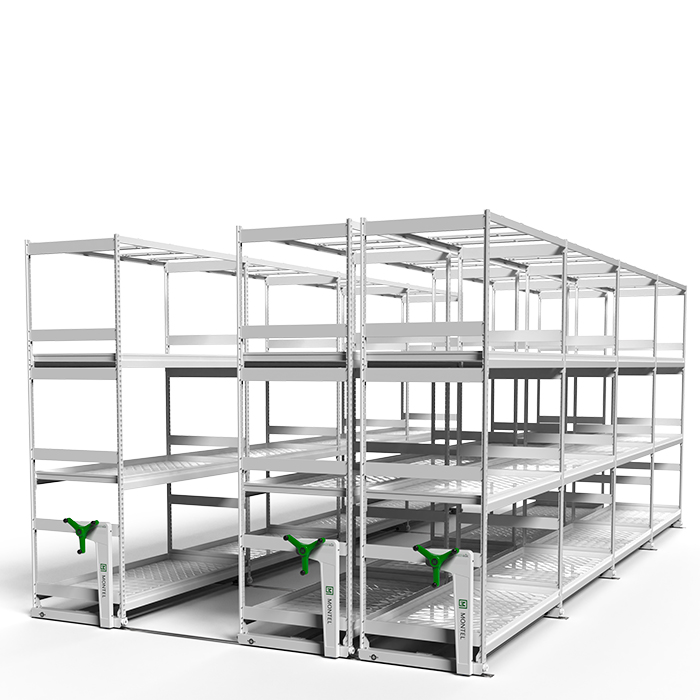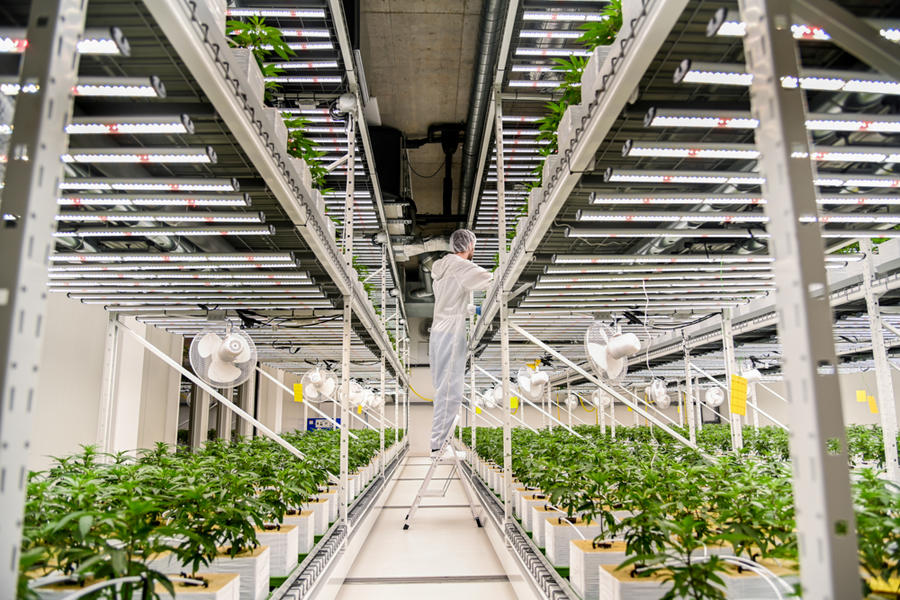Crop Rotation 2.0: How to Maximize Your Indoor Harvest
Insights on vertical farming
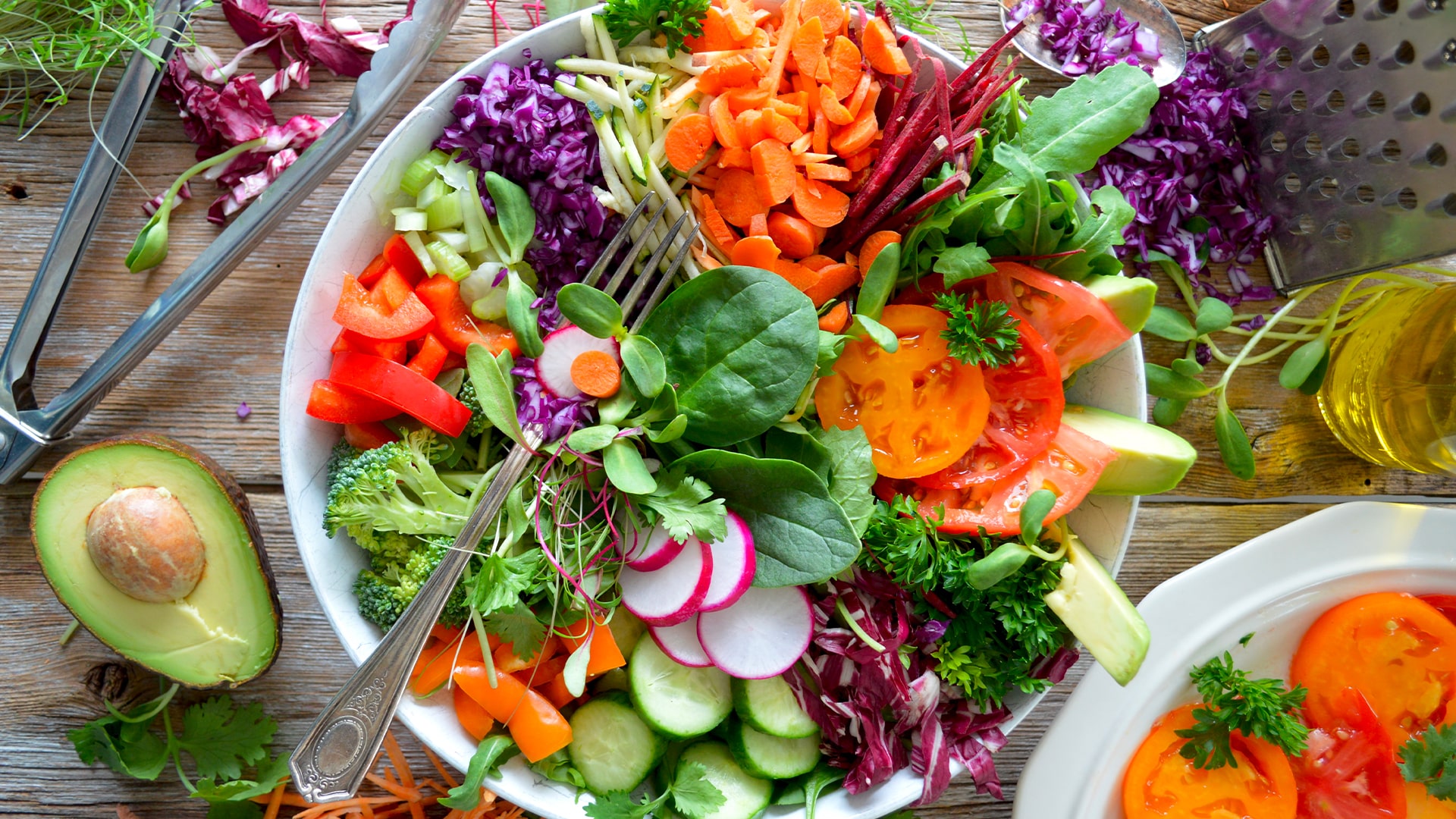
How to Plan an Indoor Crop Rotation
-
Traditionally, a crop rotation is the act of cycling your crops around the different plots on your outdoor farm in order to build up nutrients in the soil and lower risks. It involves reviewing historical data, collecting data on the current conditions of your crops, planting cover crops, and constructing and adhering to a complicated schedule, all of which is subject to climate change, extreme weather events, pests, and more.
-
A “crop rotation” for an indoor farm is not about enriching and preserving the soil. It’s about how to efficiently turn over crops at harvest to maximize the total number of annual harvests and thus overall yield.
-
Every harvest and turnover plan for indoor farms focuses on these three pillars:
-
1. Harvest Logistics
-
Whether you plant your crops in separate pots or in grow trays, and however you process your crops down the line, at some point, you’re going to have to harvest what’s in your grow room.
-
So how efficiently can you deploy your harvesting operations? Any efficiency gained at this stage can speed up your crop turnover and add grow cycles to your annual harvest schedules.
-
Start by walking through your harvest logistics step by step:
-
What about moving seedlings and crops between rooms? Not only are these logistics worth examining for possible efficiency gains but also for how they might prevent cross-contamination.
-
- How do you reach the centermost plants on your racks?
- If you have vertical racking, how do you reach the higher tiers?
- How do you perform this work safely, ergonomically, and quickly with the staff you have on hand?
-
Did you know that Montel’s SPEEDDECKTMmoveable scaffold is the direct result of this sort of vertical farming self-assessment? We noticed how many vertical farms break out a scissor lift come harvest time, which requires special training to use and a lot of space to store and operate. SPEEDDECKTM is a simpler way to access plants and harvest them quickly without specialized equipment.
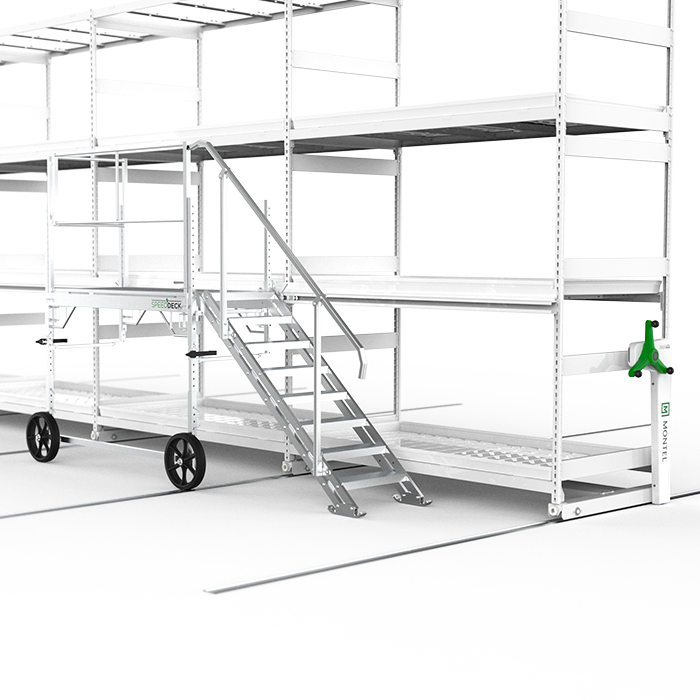
-
Logistique de la récolte
Que vous plantiez vos cultures dans des pots séparés ou dans des plateaux de culture, et quelle que soit la manière dont vous traitez vos cultures, à un moment donné, vous devrez récolter ce qui se trouve dans votre espace de culture.
Dans quelle mesure pouvez-vous déployer efficacement vos opérations de récolte? Tout gain d'efficacité à ce stade peut accélérer la rotation de vos cultures et ajouter des cycles de culture à vos calendriers de récolte annuels.
Commencez par étudier votre logistique de récolte étape par étape :
- Comment atteignez-vous les plantes les plus centrales de vos systèmes?
- Si vous avez des systèmes de culture verticale, comment atteignez-vous les niveaux supérieurs?
- Comment effectuer ce travail de manière sécuritaire, ergonomique et rapide avec le personnel dont vous disposez?
Saviez-vous que la plateforme mobile SPEEDDECK de Montel est le résultat direct de ce type d'auto-évaluation de la culture verticale? Nous avons remarqué que de nombreuses exploitations verticales utilisent une plateforme à ciseaux au moment de la récolte, ce qui nécessite une formation spéciale pour l'utiliser et beaucoup d'espace pour l'entreposer et la faire fonctionner. SPEEDDECK est un moyen plus simple d'accéder aux plantes et de les récolter rapidement sans équipement spécialisé.
2. Transportation between Rooms
What about moving seedlings and crops between rooms? Not only are these logistics worth examining for possible efficiency gains but also for how they might prevent cross-contamination.
Indoor farms already take tremendous steps to reduce contamination: separating seed rooms, clone rooms, grow rooms, and processing rooms, and mandating personal protective clothing for staff, such as hairnets, shoe covers, and coveralls. They go through all that trouble because every contamination event compromises profits, crops, and time better spent cultivating or harvesting, which further hurts the condition of your plants and long-term scheduling.
So how do you keep the transportation of seedlings and crops both efficient and clean?
- Maximize capacity, minimize footprint: Like mobile racking generally, the best solutions are those that increase yield while conserving space.
- Limit unnecessary handling: If your transportation solutions serve a dual purpose, such as Montel’s hanging drying carts, an indoor farm can reduce unnecessary handling of their crops.
- Seek sanitary solutions: When outfitting your indoor farm, prioritize investment in hardware that supports thorough sanitizing.
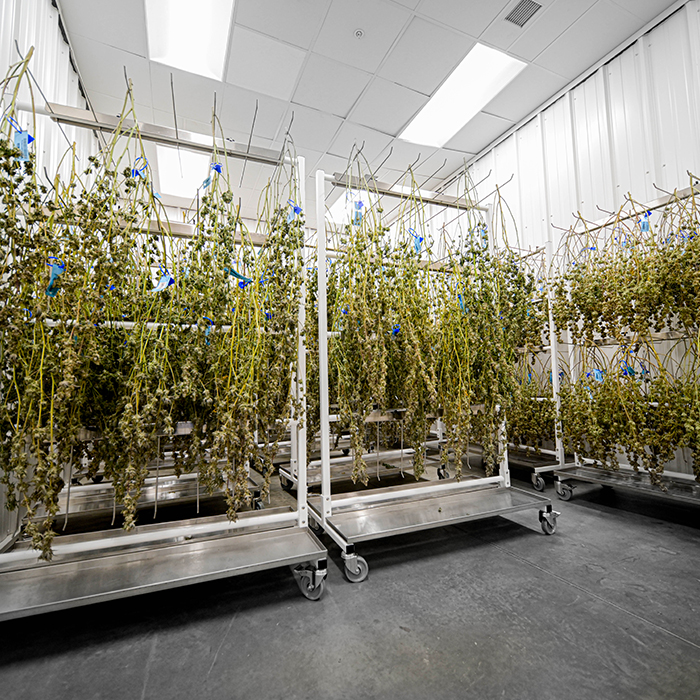
3. Cleaning Your Grow Room
-
Between harvests, you’ll want to clean your grow room thoroughly and ready it for new seedlings. Depending on the kind of equipment you have on-site, you’ll likely have a specific list of filters, screens, and hoses in need of sanitizing.
-
A thorough cleaning is not only a preventative measure against contamination and pests but also a requirement for keeping vital indoor farming technology performing optimally. But do you treat your vertical racking the same way you treat your HVAC and irrigation systems? You should, but your vertical grow systems should be engineered for cleaning, both in its design and in its materials.
-
Let’s use the Montel GREENRAK® 2.0 mechanical-assist mobile carriage as an example of a vertical farming system that prioritizes cleaning:
-
- No cumbersome side members: High accessibility, fewer surfaces to sanitize, and fewer places for contaminants to hide.
- One-piece aluminum track: Unlike other mobile racking tracks, ours is one piece of easy-to-clean, rust-proof aluminum.
- Antimicrobial powder-coated paint: Consider antimicrobial paint as a force multiplier for your cleaning plan.
-
If you’re looking to upgrade your vertical farm to optimize your harvest operations, reach out to your local Authorized Montel Distributor. Ask about our free, no-obligation consultation, which includes 2D and 3D renderings of your ideal vertical farming setup.
